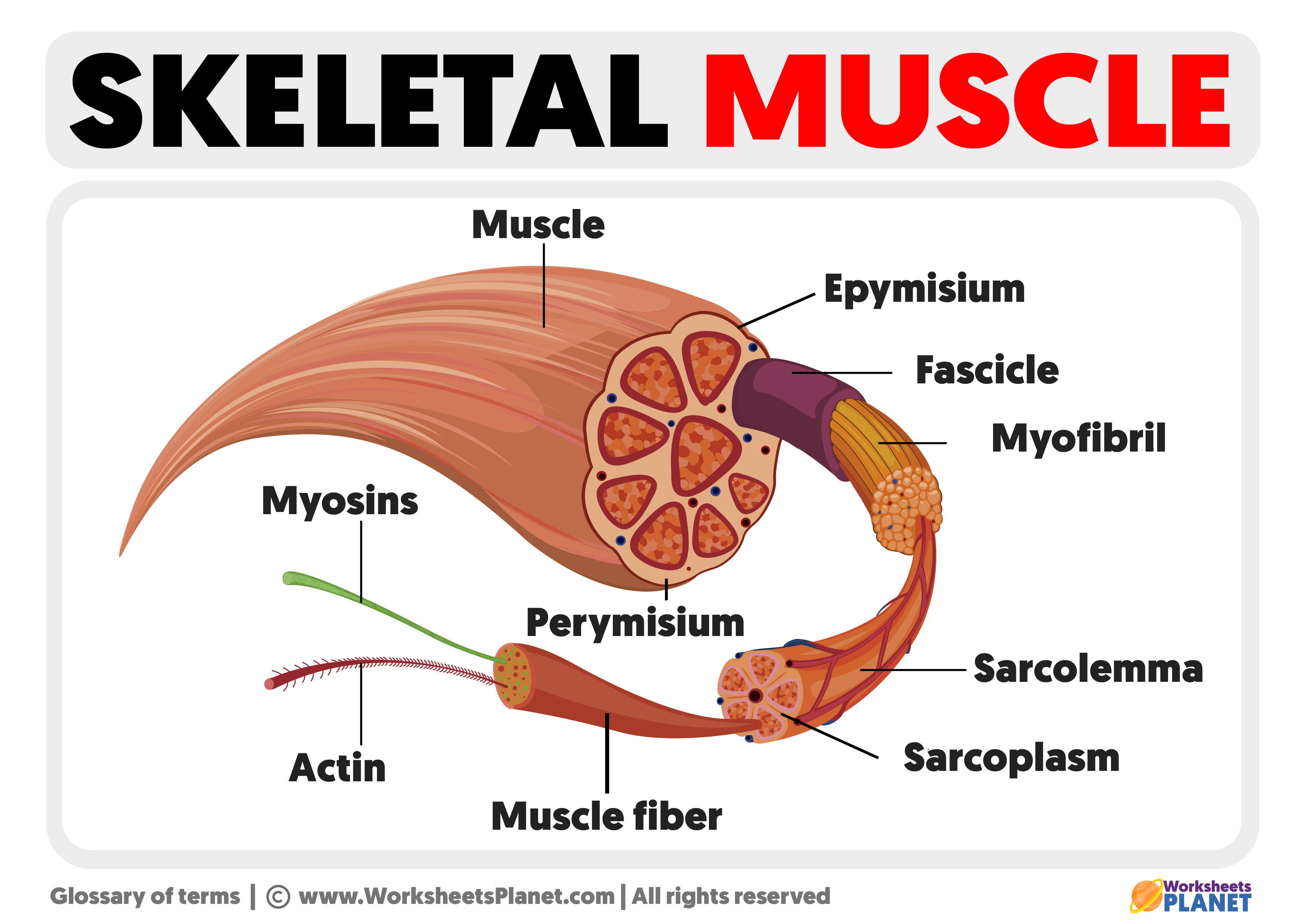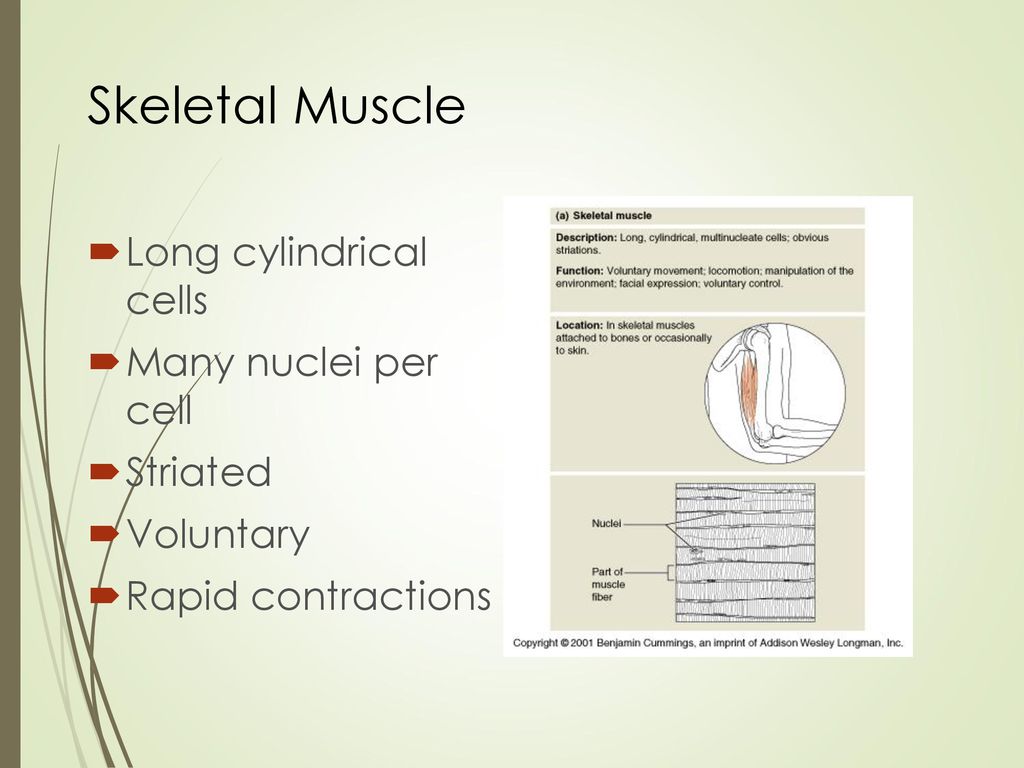Skeletal Muscle Is Capable Of Which Of The Following

Breakthrough research confirms skeletal muscle possesses far more capabilities than previously understood, challenging existing medical and physiological paradigms. This discovery could revolutionize treatment strategies for metabolic diseases, aging, and muscular disorders.
Muscle's Multifaceted Role Unveiled
For decades, skeletal muscle was primarily viewed as a contractile tissue responsible for movement. Now, a growing body of evidence reveals its crucial involvement in systemic metabolic regulation, hormone secretion, and immune function.
Metabolic Maestro
Skeletal muscle is the primary site of glucose disposal after a meal. Insulin stimulates muscle cells to take up glucose from the bloodstream, lowering blood sugar levels. Dysfunction in this process is a hallmark of type 2 diabetes.
Research published in Cell Metabolism demonstrates muscle's capacity for glycogen storage is significantly greater than previously estimated. This has implications for understanding energy buffering and preventing metabolic overload.
Furthermore, muscle actively participates in lipid metabolism, oxidizing fatty acids for energy. Regular exercise enhances this process, contributing to weight management and improved cardiovascular health.
The Myokine Secretory Organ
Skeletal muscle acts as an endocrine organ, secreting signaling molecules known as myokines. These myokines exert a wide range of effects on other tissues and organs throughout the body.
Interleukin-6 (IL-6), a myokine released during exercise, has anti-inflammatory effects. It helps to counteract the chronic low-grade inflammation associated with obesity and aging.
Other myokines, such as brain-derived neurotrophic factor (BDNF), promote brain health and cognitive function. Exercise has been shown to increase BDNF levels, potentially protecting against neurodegenerative diseases.
Beyond Contraction: Immune Modulation
Emerging evidence highlights skeletal muscle's role in immune function. Myokines can influence the activity of immune cells, such as macrophages and T cells.
Muscle wasting, or sarcopenia, is associated with increased inflammation and impaired immune responses. Maintaining muscle mass is crucial for overall health and resilience to infection, particularly in older adults.
Research indicates that muscle can also produce antimicrobial peptides, providing a local defense against pathogens. This further underscores its multifaceted role in maintaining homeostasis.
Implications and Future Directions
This expanded understanding of skeletal muscle's capabilities has profound implications for preventing and treating various diseases. Targeting muscle through exercise and pharmacological interventions holds great promise.
Clinical trials are underway to assess the efficacy of myokine-based therapies for conditions such as diabetes, Alzheimer's disease, and cachexia (muscle wasting associated with cancer).
The National Institutes of Health (NIH) is funding several large-scale studies to further investigate the complex interplay between muscle, metabolism, and immunity. The findings are expected to pave the way for novel therapeutic strategies.
Continued research will focus on identifying novel myokines and elucidating their mechanisms of action. This will enable the development of targeted therapies that harness the power of muscle to improve overall health and well-being.
The discovery that skeletal muscle is capable of far more than just contraction marks a significant turning point in biomedical research. The potential for therapeutic applications is vast and warrants continued investigation.


















